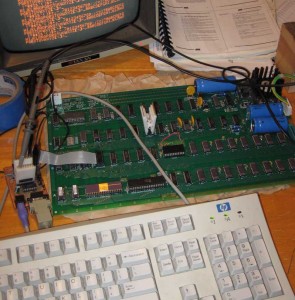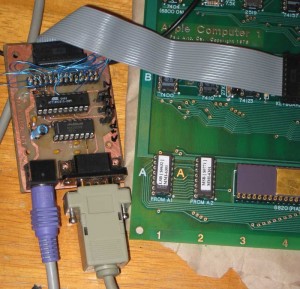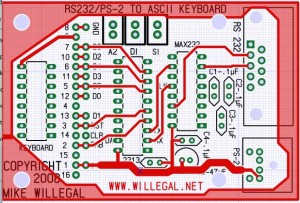I’ve got a very few full kits ready to go and I’ve started shipping to folks on the wait list! Currently quantities are very limited, so I’m working through the wait list, in a first come, first serve basis. Some folks are declining this opportunity, so if you are on the wait list and haven’t received word, stand by, you may receive word soon. If I already sold you a bare board or partial kit, I’m going to give the others on the wait list a first chance, before giving you a second chance. This may not be the fairest way to go, but I’d like to give more people a chance at getting their hands on some hardware.
I need the income from these first kits to fund building a second batch of boards, so as soon as I sell the last kit from this initial set, I’ll be ordering the second batch, plus a few, easy to find, parts that I’m short of. If you don’t get a shot at a kit from the first batch, the second batch will not be far behind.
I’ve got a tentative plan on how I’m going to price partial kits. You will be asked to fill in a spreadsheet with numbers of each type of part you want to include. I’ll simply use the ratio of my costs, of the parts you choose, to my costs of an entire kit. This ratio will be multiplied by 666.66 to determine your cost. If your cost is totals less than something like $300, I’ll probably add a reasonable surcharge, since it is a lot of work to put together custom partial kits. Actually full kits are a lot of work to organize and put together, but at least I can do them in batches.
Also, I’ve got word from a reliable source that a beautiful unmodified example of an original Apple-1 is due to go up for auction soon, along with some wonderful Apple II related stuff. Among other things, is the very first production Disk ][ drive(serial number 1), prototype disk controllers and an Apple II rev 0 modified by Apple engineering into what was essentially a rev 1 engineering prototype. All this and more comes from the stash of a former member of the Apple engineering team.



